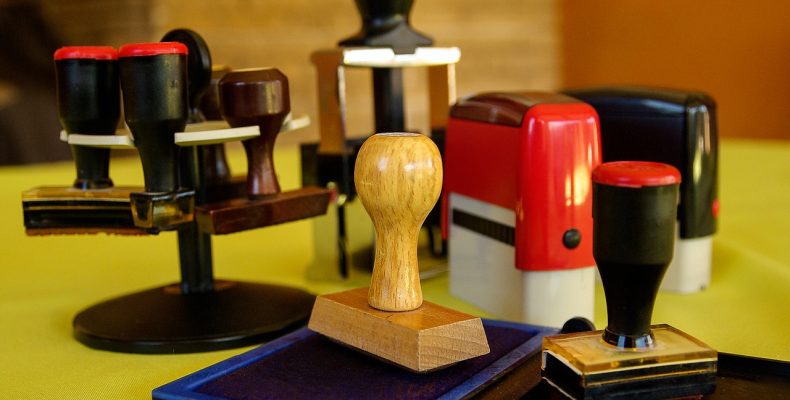
Design and conquer – validity and enforcement of design rights
Registered design protection provides the owner with an exclusive right to the design, and to take action to prevent third parties from using any design that creates the same overall impression on an informed user. In many countries, it is easy and inexpensive to obtain. In the UK and EU, for example, there is no substantive examination and, so long as formal requirements are met, the application will proceed straight to registration, sometimes even on the same day the application has been filed! However, given there is no assessment of the design’s validity, how useful is the protection and is it worth registering it?
In my opinion – very, and yes.
Just because the UKIPO or EUIPO doesn’t examine a design for compliance with substantive requirements doesn’t mean it is likely to be invalid. If you’ve created a design yourself, chances are that there are differences over earlier designs. Since design protection tends to be construed narrowly, and any such differences may be important, you may well have a design that possesses the requisite novelty and individual character.
If you’re looking to enforce your rights against a third party, having a design registration puts you in a much stronger position than trying to rely on unregistered rights. That’s because you’d need to prove the third party actually copied a design to successfully enforce an unregistered design right. With a registration there’s no doubt that you have rights to enforce, when those rights started. Successfully enforcing a design registration against an infringer can lead to an award of damages, an injunction or an order for the third party to deliver up or even destroy the infringing articles.
These days, I often see disputes between product sellers on online platforms such as Amazon and eBay, and I see parties applying to get their competitors’ product listings suspended. If you have a design registration and a third party is infringing your rights, your registration can be a useful tool in getting that party’s listings suspended. I have also seen a spate of product listings being wrongly suspended on the basis of invalidly registered designs, which is a consequence of UK or EU design applications not being examined by the UKIPO or EUIPO. However, we have been successful in helping our clients reverse wrongly suspended listings, helping them retain their market share.
If you need advice on obtaining or enforcing registered design protection, or defending against infringement claims, please contact Carrie Johnson or Barker Brettell’s dedicated design group for more information.



